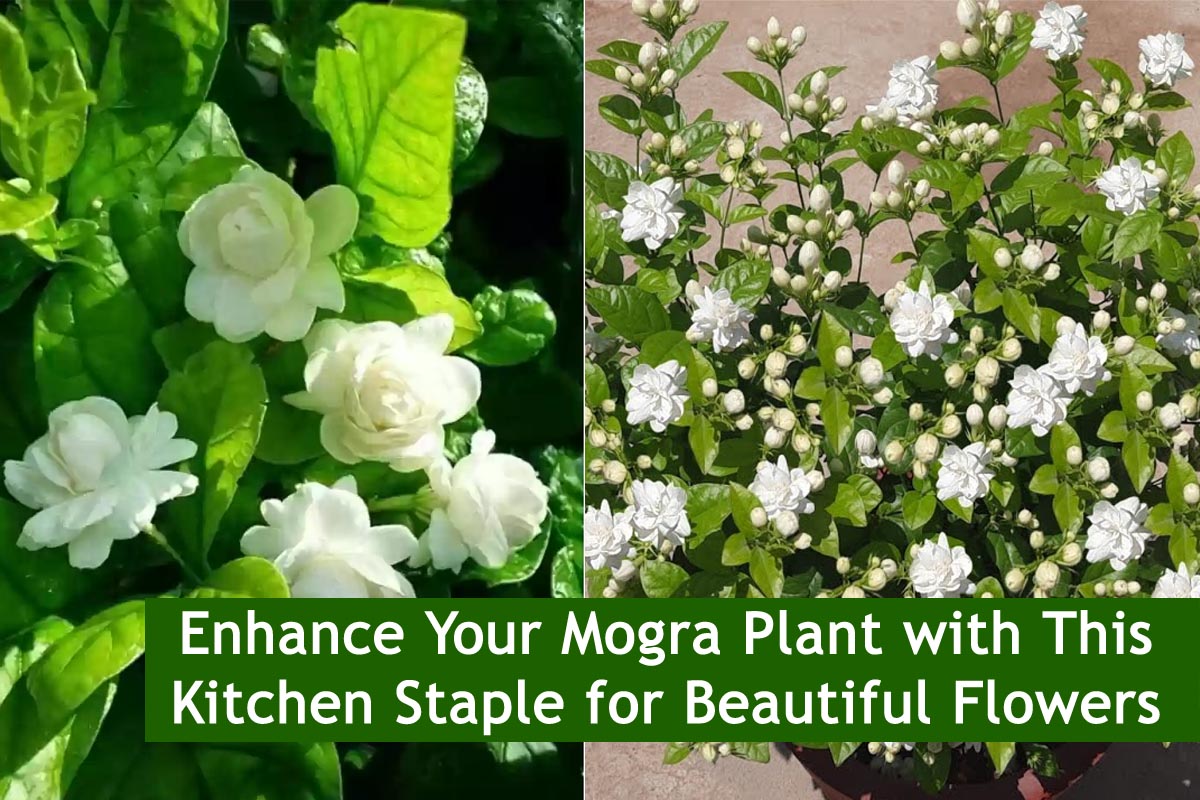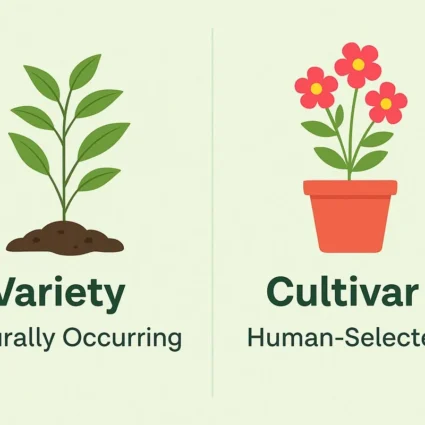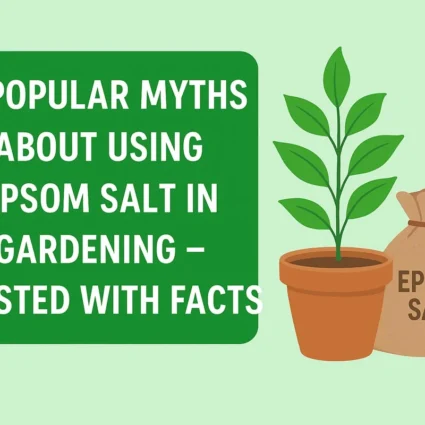
Enhance Your Mogra Plant with This Kitchen Staple for Beautiful Flowers
Mogra plants, also known as Arabian Jasmine or Jasminum sambac, are cherished for their exquisite fragrance and delicate white flowers. Cultivating these plants can be a rewarding experience, but many gardeners struggle to achieve abundant blooms. However, there’s a simple kitchen secret that can transform your mogra plant into a blooming beauty. In this blog post, we’ll explore how one common kitchen staple can enhance the growth and flowering of your mogra plant, turning it into a stunning centerpiece for your garden or home.
Understanding Mogra Plants:
Before we delve into the kitchen secret, let’s understand the basics of mogra plants. Native to Southeast Asia, mogra plants are evergreen shrubs that belong to the olive family. They thrive in warm climates and prefer well-drained soil and plenty of sunlight. Mogra plants are popular for their fragrant flowers, which are often used in perfumes, teas, and religious ceremonies.

Challenges in Mogra Cultivation:
While mogra plants are relatively easy to grow, many gardeners encounter challenges when it comes to getting them to bloom abundantly. Factors such as inadequate sunlight, improper watering, and nutrient deficiencies can all impact the flowering of mogra plants. Additionally, pests and diseases can pose further challenges, leading to stunted growth and poor flower production.
Also Read This :How to Ensure Your Bougainvillea Plant Blooms Abundantly: Tried and Tested Tips
The Kitchen Secret:
Now, let’s uncover the kitchen secret that can help enhance the growth and flowering of your mogra plant. The secret ingredient? Epsom salt, also known as magnesium sulfate. This common household item is often used as a bath salt or a laxative, but it can also work wonders for your plants.
How Epsom Salt Benefits Plants:
Epsom salt contains magnesium and sulfur, two essential nutrients that play crucial roles in plant growth and development. Magnesium is a key component of chlorophyll, the pigment responsible for photosynthesis, while sulfur is involved in various metabolic processes. By applying Epsom salt to your mogra plant, you can address potential nutrient deficiencies and promote healthy growth and flowering.
Also Read This :Stemming the Stretch: A Guide to Preventing and Fixing Leggy Succulents
Application Method:
To use Epsom salt on your mogra plant, simply dissolve 1 tablespoon of Epsom salt in 1 gallon of water. Stir the solution until the salt is fully dissolved. Then, use a watering can to apply the solution to the soil around the base of the plant. Avoid splashing the solution onto the foliage, as this can cause leaf burn.
Frequency of Application:
For best results, apply the Epsom salt solution to your mogra plant once every four to six weeks during the growing season, which typically spans from spring to early fall. However, be mindful not to overdo it, as excessive use of Epsom salt can lead to magnesium buildup in the soil.
Observing the Results:
After applying Epsom salt to your mogra plant, keep a close eye on its growth and flowering. You should start to notice improvements in both the quantity and quality of blooms within a few weeks. The plant’s foliage may also appear greener and healthier, indicating that it’s receiving the nutrients it needs to thrive.
Also Read This :How to Achieve Bumper Tomato Yields: Choosing the Right Fertilizer
Other Tips for Mogra Care:
In addition to using Epsom salt, there are several other tips you can follow to ensure the health and vitality of your mogra plant:
Sunlight:
Place your mogra plant in a location where it receives at least six hours of sunlight per day, preferably in the morning or late afternoon when the sun is less intense.
Watering:
Water your mogra plant regularly, keeping the soil consistently moist but not waterlogged. Avoid letting the soil dry out completely between waterings, as this can stress the plant and inhibit flower production.
Also Read This :How to Grow Mogra Flower from Cuttings at Home
Pruning:
Prune your mogra plant regularly to remove dead or damaged branches and encourage new growth. Pruning also helps maintain the plant’s shape and size.
Pest Control:
Keep an eye out for common pests such as aphids, mealybugs, and spider mites, which can infest mogra plants and damage foliage and flowers. Use organic insecticides or insecticidal soap to control pests without harming beneficial insects.
Also Read This :Colorful Most Flowers and Long-Lasting: Top Flowering Plants for Every Season
Incorporating Epsom salt into your mogra plant care routine can be a game-changer, enhancing the plant’s growth and flowering while ensuring it receives essential nutrients. By following the tips outlined in this blog post and giving your mogra plant the care it deserves, you can enjoy a bountiful display of fragrant flowers that will brighten your garden or home for years to come.




